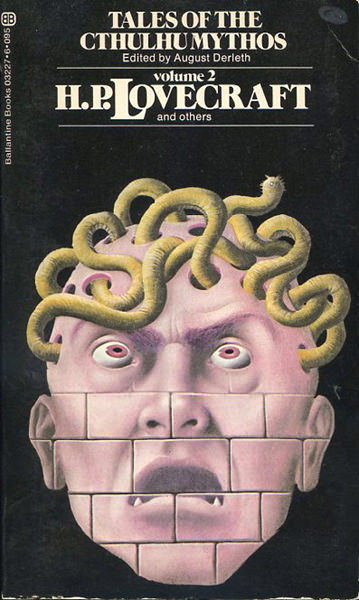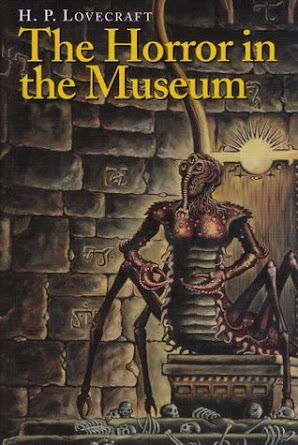The Proposition (2005)
directed by John Hillcoat
screenplay by Nick Cave
music by Nick Cave & Warren Ellis
Hillcoat: “At that time, it was the last frontier. They basically just went further and further into the desert, into the most inhospitable terrain.”
Cave: “To me the major point was that it was so far out in the inhospitable countryside. So Captain Stanley and his wife can’t go anywhere, they just had to stay there. The answer to Stanley’s problems, really, is to quit his job and go somewhere where he and his wife should be. He’d probably have quite a nice life. And the same goes for the other characters as well.” |
| Charley Burns (Guy Pearce) |
 |
| Captain Stanley (Ray Winstone) |
Capt. Stanley: I wish to present you with a proposition. I know where Arthur Burns is. It is a godforsaken place. The blacks won't go there, nor the trackers. Not even my own men. I suppose, in time, the bounty hunters will get him. But I have other plans. I aim to bring him down. I aim to show that he is a man like any other. I aim to hurt him.
Charley accepts, leaving Mikey in the hands of the authorities. Viewing the burnt ruins of the Hopkins farm, he is clearly horrified when he discovers a bassinet, now never to be used. Arthur is assuredly the obscenity he's claimed to be.
 |
| Arthur Burns (Danny Huston) |
 |
| Two Bob (Tom E. Lewis) |
 |
| Jellon Lamb (John Hurt) |
Rating - A: Certain scenes in The Proposition make it a tough movie to watch, but none of them are gratuitous or frivolous. The violence isn't played for thrills like an 80's vintage Hollywood action movie. Their power comes from their sparing use and their utter cold-heartedness. There are no witty rejoinders, every shooting and every beating is brutal, they never feel less than real and painful. It's got the same basic elements of American Westerns - the conflicts between lawlessness and civilization, whites and natives, and a frontier setting. Like the best of them, it presents them brilliantly and with deep emotional resonance. The Proposition is proof that the West is not necessary to make a Western.
Rating System
A: Ace - Brilliant or groundbreaking; one of the best that no fan should miss.
B: Bravo - Good stuff, but less than perfection
C: Cowpoke - Routine oater, filler
D: Dismal - Sloppy or junky, but either way not worth the runtime


























